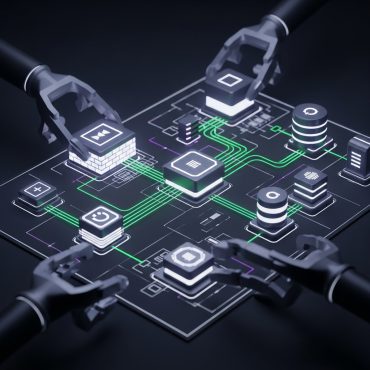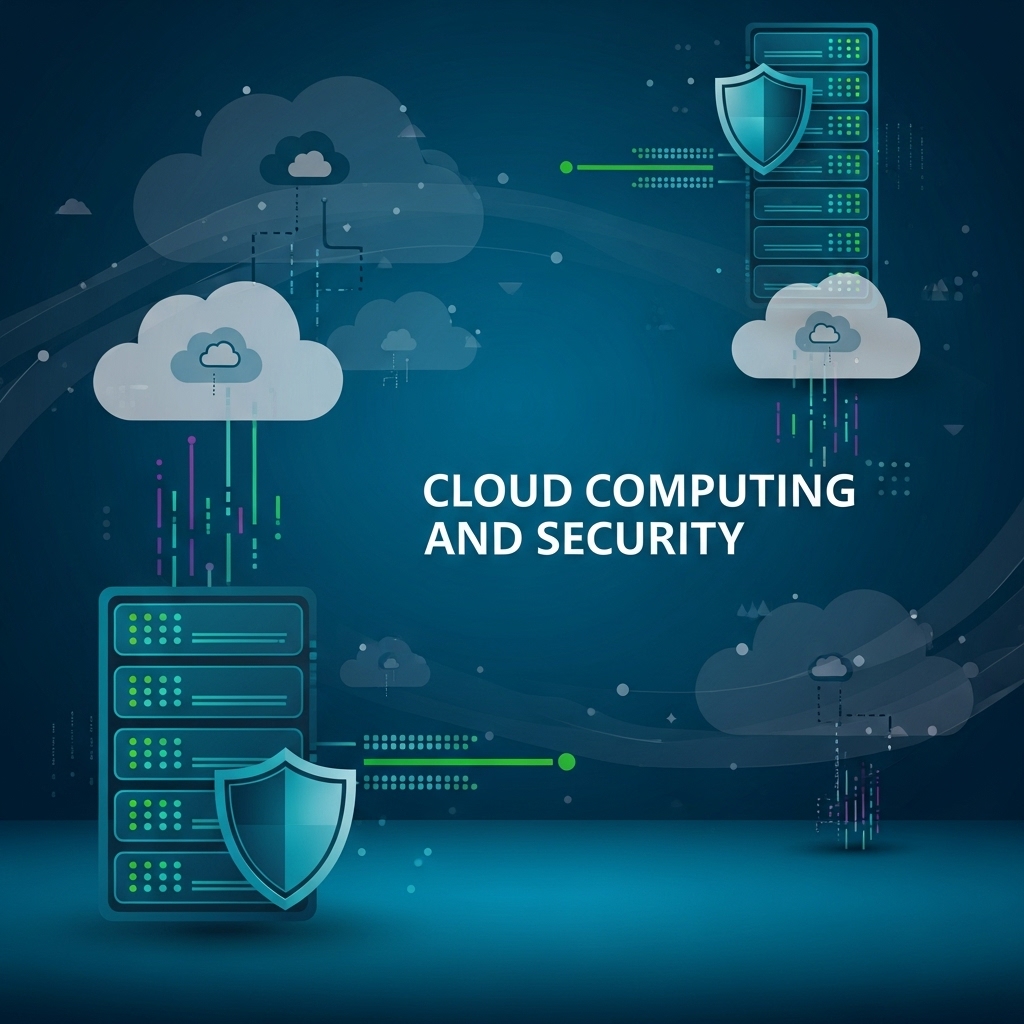What Is the Cloud?
Cloud computing refers to the delivery of computing services—including data storage, servers, applications, and processing power—over the internet without relying on physical infrastructure on-site. It allows organizations to scale rapidly, reduce operational costs, and access resources on-demand.
However, by storing and processing data off-premises, the cloud also introduces unique cybersecurity challenges. Ensuring data confidentiality, integrity, and availability becomes a top priority in cloud-based environments.
Key Elements of Cloud Security
Data Encryption
Data stored in the cloud must be encrypted both at rest and in transit. End-to-end encryption protects sensitive information from unauthorized access during storage and communication.
Access Control
Strong identity authentication and role-based access control (RBAC) ensure that only authorized users can access cloud resources. Multi-factor authentication (MFA) is a recommended best practice.
Network Security
Virtual firewalls, intrusion detection and prevention systems (IDS/IPS), and DDoS protection help defend cloud infrastructures from external attacks.
Security Monitoring and Incident Response
Continuous security monitoring is essential. Anomalous behavior should trigger real-time alerts, and automated incident response systems must be in place. Centralized logging and forensic tools assist in rapid investigation and recovery.
Compliance and Governance
Cloud providers and customers must adhere to data protection regulations such as GDPR, HIPAA, or ISO 27001. Cloud security isn’t just about technology—it also involves shared responsibility models, user awareness, and strict policy enforcement.
Conclusion
Cloud computing has become a foundational element in modern IT operations. But its efficiency and scalability come with new cybersecurity demands. Without robust protection mechanisms like encryption, access control, and continuous threat monitoring, cloud platforms are vulnerable to breaches. A well-structured and proactive cloud security strategy is essential to maintain data trust and business continuity.












